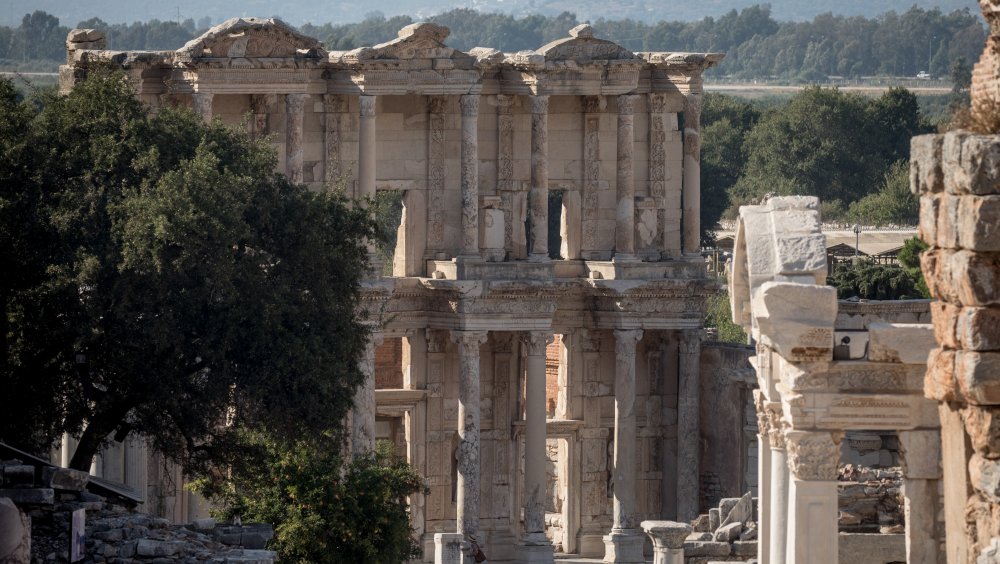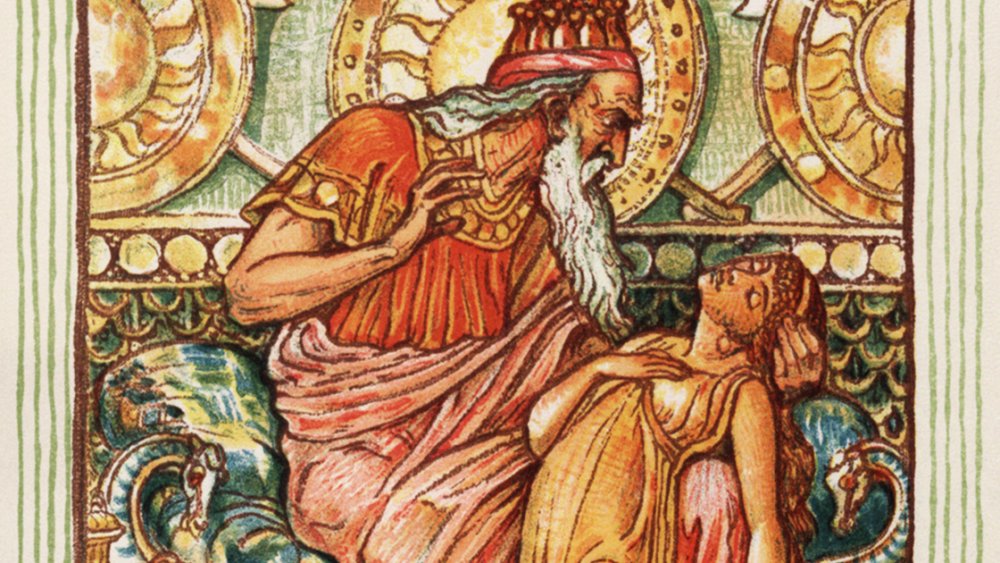Ancient 'Lost' Civilization Discovered In Turkey
In the summer of 2019, archaeologists working at the ancient Turkish settlement of Türkmen-Karahöyük got an exciting piece of news from a farmer who lived in the area. While tending to his property, the farmer noticed a large stone that was mostly submerged in an irrigation ditch, but interestingly, there were strange symbols etched into the side of the stone. When the archaeologists examined it, they quickly identified the ancient language as Luwian, a language common in the area during the late Bronze Age. But most interestingly, the translated inscription tells the story of a kingdom formerly not known to historians.
A lost civilization ... and the story of King Midas
The inscription on the stone boasted of a king named Hartapu and his victory in battle over the kingdom of Phrygia, most famous for the myths surrounding one of its rulers: King Midas. You know, the guy who allegedly turned everything he touched into gold. However, the name of Hartapu's kingdom still isn't known to archaeologists, but it's not the first time that evidence of a figure called King Hartapu has been found in that particular area.
Inscriptions on a volcano near the site of the submerged block also mentioned Hartapu, but they gave no other details. But with this newly discovered stone (aka a stele), which was dated by linguists as having been written around the 8th century BCE, scientists now believe that the settlement of Türkmen-Karahöyük was once Hartapu's capital city. Plus, the discovery can help researchers parse out the fact from fiction for this mythical period of history, especially when it comes to King Midas.
For example, stories of an ancient goldfinger are obviously tall tales, but as with ancient Greek legends about even more ancient kings, there's usually a spark of truth at the center of it. Records from the reign of the Assyrian ruler King Sargon II speak of King Midas of Phrygia with whom the Sargon had a less-than-congenial relationship. Midas seemed to be a thorn in Sargon's side, constantly trying to provoke satellite kingdoms to rise up against their Assyrian rulers. In the end they seemed to settle as frenemies, with a peace treaty drawn up between the two kings, but one that stipulated that Midas pay regular tribute to Sargon. Similar to the proposed dating for the King Hartapu stele, this drama took place during the late 8th century BCE.
It's still not clear how King Hartapu fits into this Bronze Age drama, but James Osborne, one of the archaeologists who worked on the stele and who plans to return to dig for more evidence, told UChicago News, "This stele was a marvelous, incredibly lucky find — but it's just the beginning."

